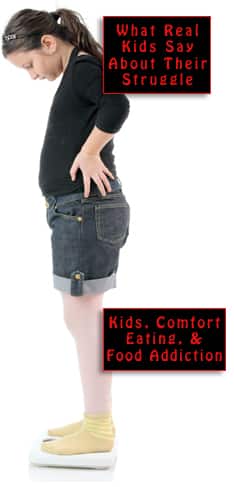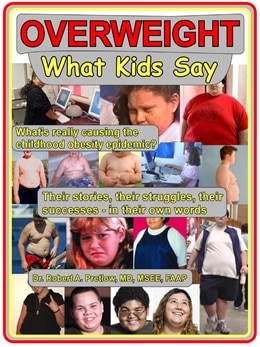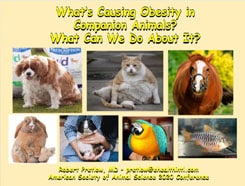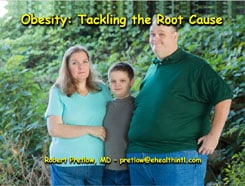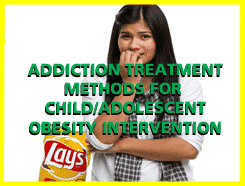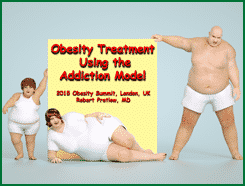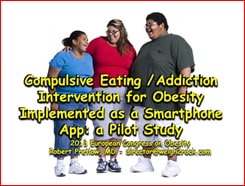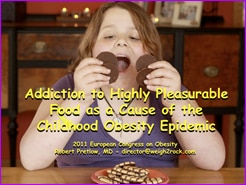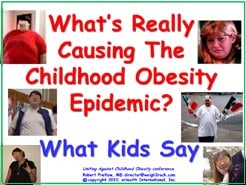Fries and the Causal Pathway

Dr. Pretlow says,
Fried foods, like fried potatoes, are crunchy and chewy and also involve a lot of hand-to-mouth motion and mouth manipulation. That’s high displacement activity value, thus people with anxiety would eat those foods to displace such.
Envision other items that are fried, and how much fun they are to consume. With an order of chicken wings, for instance, a person can look forward to quite the participatory eating experience. It can be very primal, almost as if you were crouching around a campfire, picking apart the contents of a roasted dinosaur egg.
In 2014, the U.S. situation was grim, with the Department of Agriculture’s public school regulations providing plenty of loopholes:
For example, a small container of fries counted as a vegetable. Yes, they’re made out of a potato but they’re a starch that’s been fried. The fruit requirement could also be fulfilled by providing a small cup of fruit juice, which meant kids were missing out on important fiber intake. At the time, more than 90 percent of the food brought into a school cafeteria was frozen, including pizza, which counted as two servings of whole grain.
A 2016 article recalled how in 2004, Texas agriculture commissioner Susan Combs banned soft drinks, sweet desserts, and fried food from the state’s schools and said something humorous:
Last week, Miller announced his decision to return deep fryers and soda machines to Texas schools. During the very same announcement, Miller also stated that he has created a five-point plan to combat childhood obesity.
Apparently, some people believe that in a restaurant, as long as children order from the “kiddies’ menu” they will be served healthful food. But quite recently, South Coast Herald reporter Tammy Jacks wrote,
Normally, you’ll find deep-fried foods, such as fried chicken or chips, processed meat including sausages as well as white, sugary carbs such as white bread or pizza loaded with fatty cheese… Limit the amount of times you order kiddies’ meals and be aware of what’s on the menu.
This news is dismaying:
A research team in Hangzhou, China, found that frequent consumption of fried foods, especially fried potatoes, was linked with a 12% higher risk of anxiety and 7% higher risk of depression than in people who didn’t eat fried foods.
The long-term study of nearly 150,000 people seems to indicate that depression and anxiety are significantly linked to the consumption of french fries. Furthermore, this unfortunate result appears to be more prevalent among younger people. Dr. David Katz, who has appeared in Childhood Obesity News posts before, and who was not involved in the study, pointed out that it could be a “Which came first, the chicken or the egg?” type of question. People who are already anxious or depressed tend to self-medicate with comfort foods, which in a large number of cases means something fried.
Your responses and feedback are welcome!
Source: “Students Aren’t Eating Healthy School Lunches,” MedicalDaily.com, 11/17/14
Source: “School food reversal a deep-fried disgrace,” Statesman.com, 09/23/16
Source: “These food myths could be to blame for childhood obesity,” SouthCoastHerald.co.za, 11/10/21
Source: “New research suggests that french fries may be linked to depression,” CNN.com, 04/24/23
Image by Peter Rivera/CC BY 2.0










 FAQs and Media Requests:
FAQs and Media Requests: 